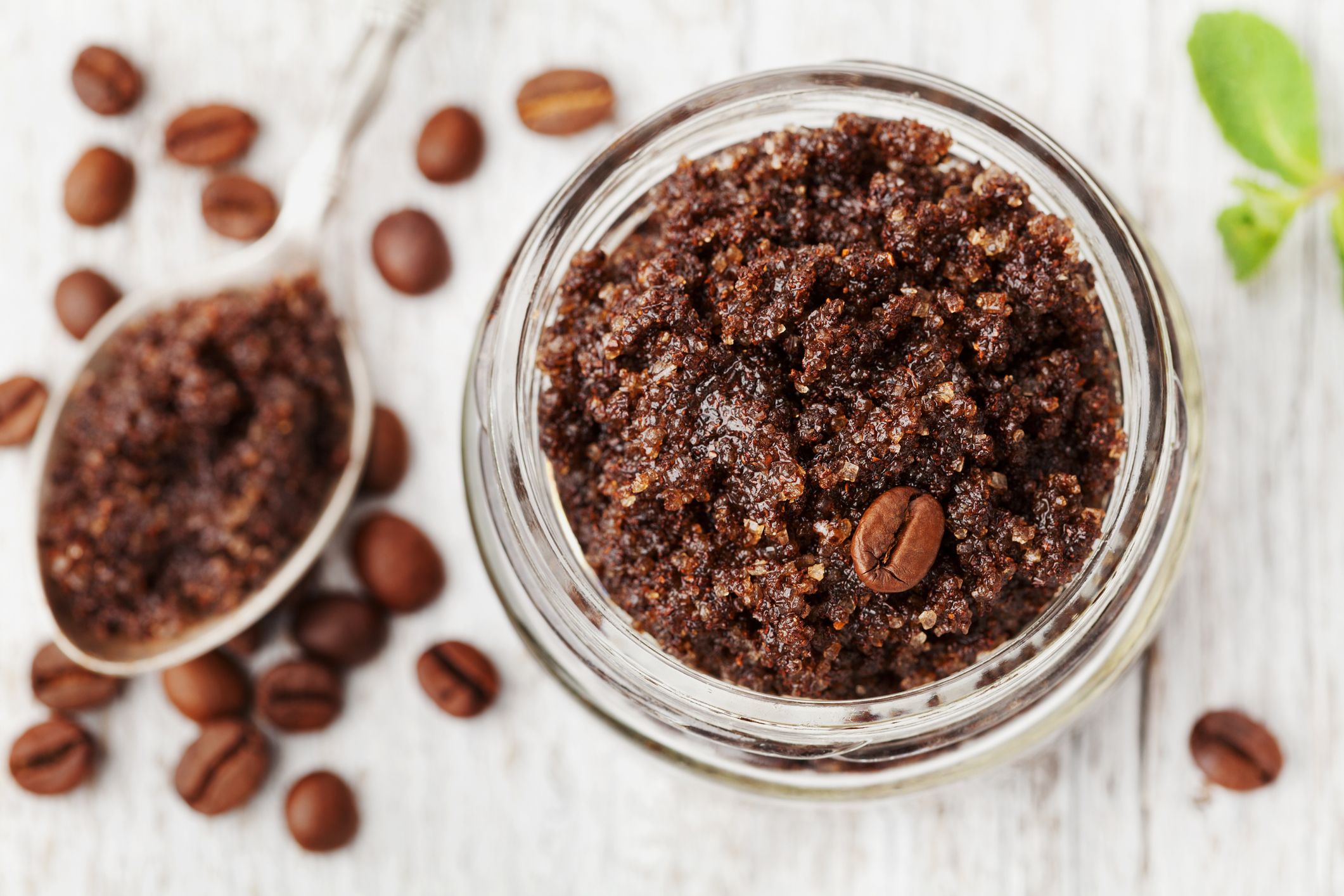The Essential Role of Grind Consistency in Crafting Perfect Espresso
Espresso is a beloved beverage known for its rich flavor and invigorating qualities. Achieving the perfect shot of espresso, however, is a complex process that involves numerous factors, including the quality of the coffee beans, the water temperature, and the brewing time. One of the most critical elements in this equation is the consistency of the coffee grind. This article delves into why grinder consistency is paramount for crafting the perfect espresso.
The Role of Grind Size in Espresso Making
The grind size of coffee beans plays a pivotal role in the extraction process. In espresso making, the coffee grounds are subjected to high pressure and hot water for a short period, usually between 25 to 30 seconds. The grind size must be fine enough to create resistance against the water pressure, allowing the coffee’s flavors and aromas to be fully extracted. However, achieving this perfect balance requires a grinder that produces a consistent grind size.
Extraction: The Heart of Espresso
Extraction is the process by which water pulls the soluble compounds from the coffee grounds, creating the espresso shot. These compounds include oils, acids, sugars, and aromatic molecules that contribute to the flavor, body, and aroma of the espresso. The consistency of the grind directly impacts how evenly the coffee is extracted.
Under-Extraction: If the grind is too coarse, the water will flow through too quickly, resulting in under-extraction. This can lead to a sour, acidic taste, and a lack of body and sweetness.
Over-Extraction: Conversely, if the grind is too fine, the water will flow too slowly, leading to over-extraction. This can cause a bitter, burnt taste, and an overly strong flavor.
Uniformity Matters
Grind consistency refers to how uniform the coffee particles are in size. A consistent grind ensures that all coffee particles are extracted at the same rate. Inconsistent grinds, with a mix of fine and coarse particles, can lead to uneven extraction.
Fines: These are tiny coffee particles that can over-extract, contributing to bitterness. Boulders: These are larger particles that can under-extract, adding sourness and a weak flavor.
A high-quality grinder is essential for achieving a consistent grind size, which in turn ensures a balanced and harmonious extraction.
The Science Behind Grinder Consistency
The science behind grinder consistency involves the design and mechanics of the grinder itself. There are two primary types of grinders: blade grinders and burr grinders.
Blade Grinders
Blade grinders use a spinning blade to chop coffee beans into smaller pieces. However, they often produce uneven grind sizes, with a mix of fine and coarse particles. This inconsistency can lead to the issues mentioned above with under-extraction and over-extraction.
Burr Grinders
Burr grinders, on the other hand, use two revolving abrasive surfaces (burrs) to crush the coffee beans to a uniform size. There are two types of burr grinders:
Flat Burr Grinders: These use flat burrs to crush the beans, offering precise control over the grind size and producing a consistent grind.
Conical Burr Grinders: These use conical burrs and are often preferred for their ability to produce a uniform grind and maintain the coffee’s flavor and aroma.
Both types of burr grinders are superior to blade grinders in terms of consistency, making them the preferred choice for serious espresso enthusiasts.
The Impact of Consistent Grinding on Espresso Quality
Flavor and Aroma
A consistent grind ensures that the coffee’s flavor and aroma are extracted evenly, resulting in a well-balanced espresso shot. This uniformity allows the nuanced flavors of the coffee beans to shine, providing a richer and more complex taste profile.
Crema
The crema is the golden, creamy layer that sits atop a well-pulled espresso shot. It is formed by the emulsification of oils in the coffee and is a sign of a properly extracted espresso. A consistent grind size contributes to the formation of a stable and rich crema, enhancing the overall espresso experience.
Mouthfeel and Body
The body of an espresso refers to the weight and texture of the coffee in the mouth. A consistent grind helps achieve the desired mouthfeel, contributing to a full-bodied and satisfying espresso shot.
Achieving Consistency in Your Espresso Routine
Invest in a Quality Grinder Investing in a high-quality burr grinder is the first step towards achieving consistency in your espresso grind. Look for grinders that offer precise grind size adjustments and maintain uniformity throughout the grinding process.
Regular Maintenance
Regular maintenance of your grinder is essential to ensure its longevity and performance. Clean the burrs regularly to prevent the buildup of coffee oils and particles, which can affect grind consistency.
Practice and Patience
Achieving the perfect grind size and consistency requires practice and patience. Experiment with different settings on your grinder and take note of how each adjustment affects the extraction and flavor of your espresso.
So, in the world of espresso, grinder consistency is not just a minor detail—it is a fundamental aspect that can make or break your coffee experience. By understanding the importance of a consistent grind and investing in the right equipment, you can elevate your espresso-making skills and enjoy a perfect shot every time. Whether you are a home barista or a professional, prioritizing grinder consistency will ensure that your espresso is always rich, balanced, and flavorful.



.jpeg)














